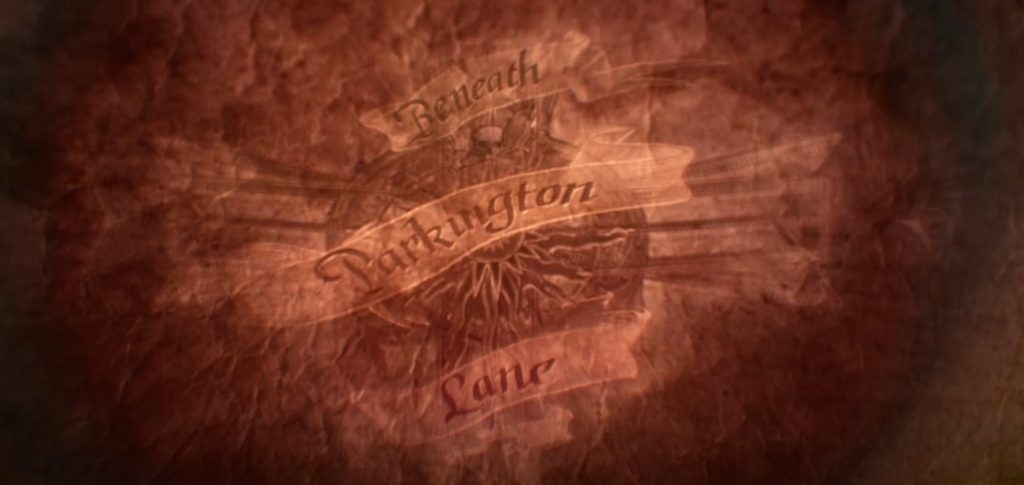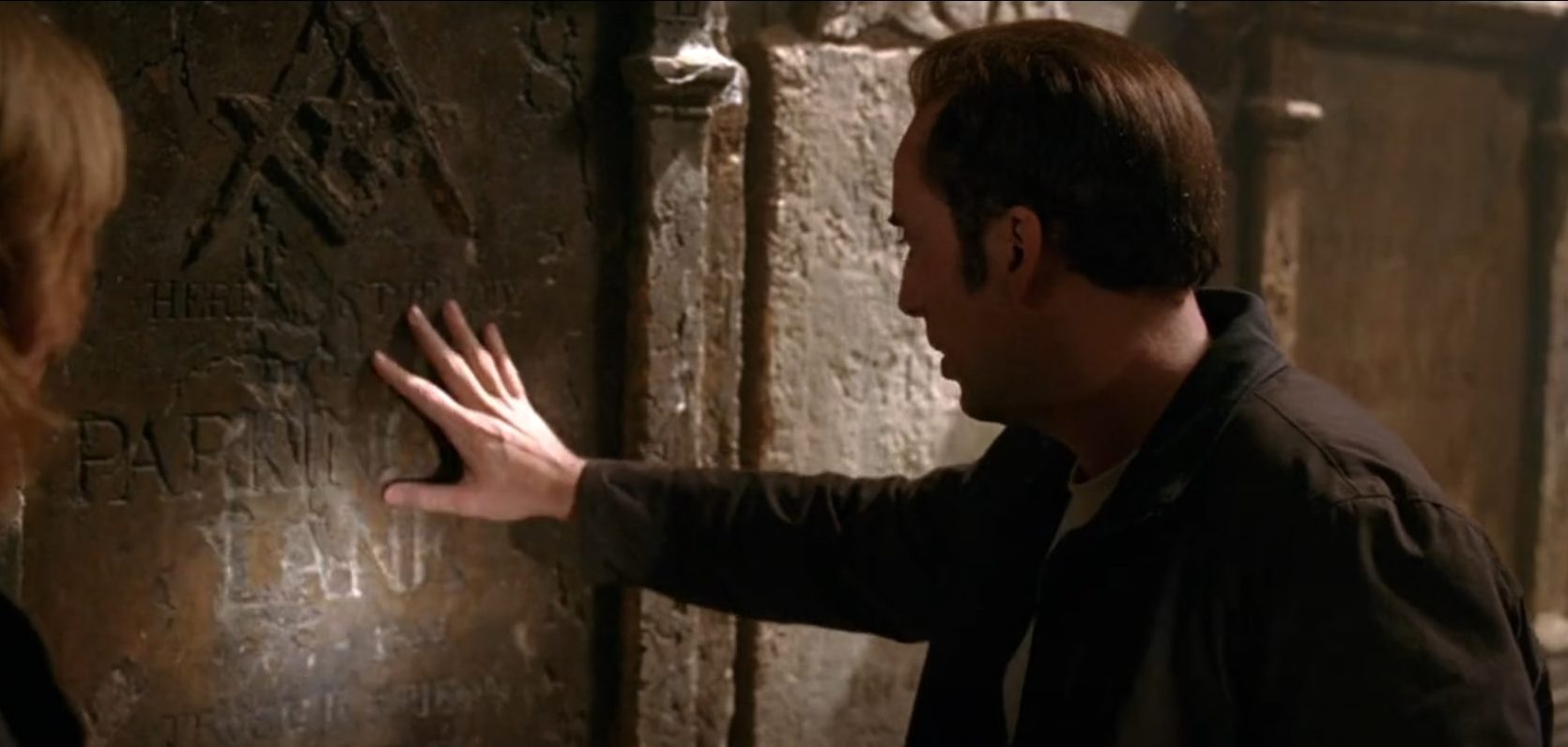After the wild goose chase for the Templar/Freemason treasure leads Benjamin “Ben” Franklin Gates to the Trinity Church in New York, he comes across the crypt of Parkington Lane, a long-dead Freemason, in the 2004 heist film ‘National Treasure.’ Throughout the narrative, Ben is embroiled in a treasure hunt connected to the Founding Fathers, Knights Templar, and Freemasons, with clues one after another guiding him. The mystery is finally unraveled underneath the Trinity Church, where Parkington Lane’s burial site becomes one of the final roadblocks for the crew as they attempt to get their hands on the treasure. As such, a closer examination of Lane is needed to decode his origin and his connection to the real fraternal society of the Masons.
Parkington Lane is a Fictional Member of the Freemasons
Parkington Lane, whose remains are buried in a crypt underneath the Trinity Church, is a fictional character conceived for ‘National Treasure.’ He was created by Jim Kouf, Cormac Wibberley, and Marianne Wibberley as an integral part of the treasure hunt in the film. In the narrative, his epitaph denotes that he lived from 1688 to 1744, during which he became a member of the secret order of Freemasons. While reading the grave marker, the protagonist, Ben Gates, says that Lane was a third-degree Master Mason of the Blue Lodge. However, he is cut off in the middle of his explanation when the antagonist, Ian Howe, and his men knock down the crypt entrance.

Interestingly, the Trinity Church, where Parkington Lane is buried, is home to the eternal rest of several Freemasons. They are buried with the symbol of the Masons carved into their gravestones. There is one slight deviation in the film, however. “The main thing I usually stress is that there [are] no crypts underneath Trinity Church. There are some burials under the altar, but they’re not formal crypts in the way the movie portrays,” Joseph Lapinski, a church archivist, told Business Insider. Instead, the Masons are buried in an outdoor cemetery that is part of the church.
The original Trinity Church was burnt down during the catastrophic Great Fire of New York City on September 20, 1776. However, the epitaph on Lane’s crypt suggests that he was buried in 1744, meaning that his burial site should not be part of the new building and would be long lost by now. Therefore, despite the context surrounding the character of Parkington Lane—especially his Freemason heritage and his ties to the Trinity Church—the man’s genesis as a fictional character remains intact, serving an essential narrative function within the plot as one of the clues presented to Ben Gates in his quest to recover the treasure he has sought for so long.
The order of Freemasons that Lane is supposed to belong to plays an integral part in the historical lore of the film’s central treasure hunt storyline. Freemasonry is a fraternal organization comprising several lodges—a basic unit within the order—that was reportedly founded as a guild of stonemasons in England, which later spread its influence all over the globe. According to reports, many of the Founding Fathers of the United States, including George Washington and several others who signed the Declaration of Independence, were members of the Freemasons.
Jim Kouf, one of the writers of the action-adventure film, had associations with the Freemasons through his grandfather, who was a Freemason. In an interview with National Geographic, he said, “The Masons were founded on pretty solid principles, and a lot of those held for the Founding Fathers and probably influenced them a great deal toward democracy at the time.” “When Washington had trouble raising his army, he called upon his Masonic brothers because he knew he could count on them,” he added.
Kouf and the Wibberleys might have wanted a Mason at the door to the treasure since the Freemasonry’s heritage is the foundation of the hidden fortunes in the film. Throughout the film, it is emphasized that the 18th-century Masons didn’t want the treasure to end up in the wrong hands. Therefore, the fictional Lane can be seen as a representation of the Masons who guarded the immensely valuable riches.
Read more: Do the Original Silence Dogood Letters Really Exist? Where Are They Now?


You must be logged in to post a comment.